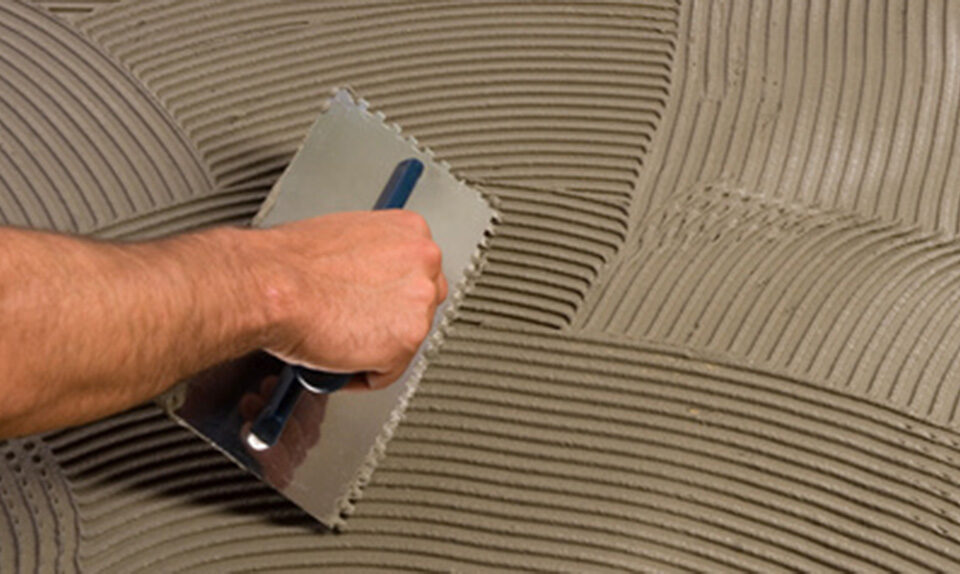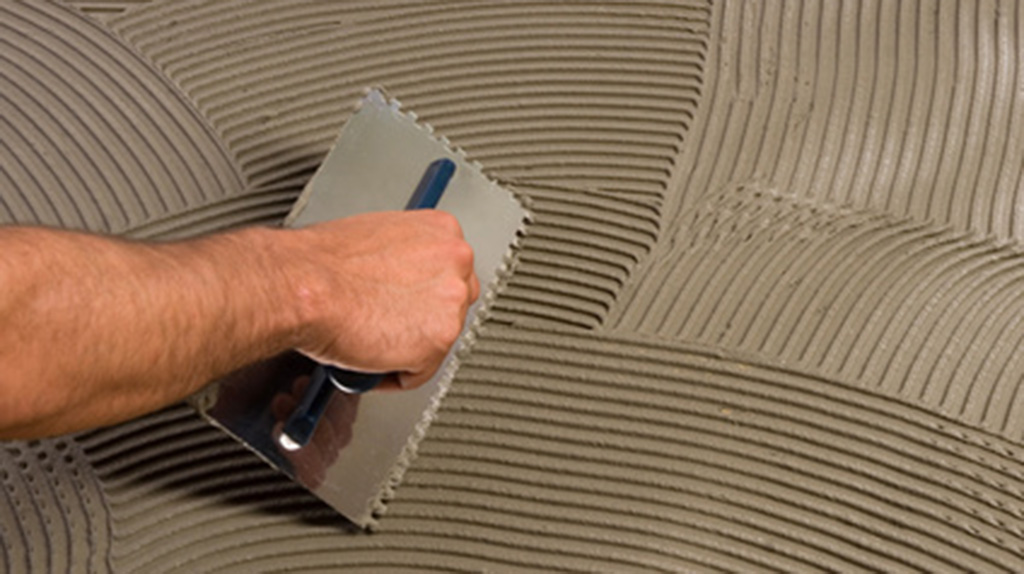How Long Does Tile Adhesive Take to Dry

When it comes to tile adhesive, patience is a virtue. You’ve carefully laid your tiles, applied the adhesive, and now you’re left wondering, ‘How long until it’s dry?’ The drying time of tile adhesive can vary depending on several factors, and understanding these variables is crucial for a successful tiling project. Let’s explore the intricacies of tile adhesive drying times and how you can navigate this crucial stage with confidence. Also Read Manufacturers of Tile Adhesive, Wall Putty & Epoxy Grout
Factors Affecting Drying Time
- When determining the factors affecting the drying time of tile adhesive, consider the environmental conditions in which the adhesive is applied. Humidity effects and temperature variations play crucial roles in how quickly or slowly the adhesive sets.
- High humidity levels can prolong drying time significantly, as moisture in the air hinders the evaporation of water from the adhesive. On the other hand, low humidity speeds up the drying process. Temperature also affects drying time, with higher temperatures generally accelerating the setting of the adhesive and lower temperatures slowing it down.
- In addition to environmental conditions, factors such as surface preparation and application techniques can impact drying time. Properly preparing the surface by ensuring it’s clean, dry, and free of any contaminants can help the adhesive adhere better and dry more efficiently.
- Using the correct application techniques, such as applying the adhesive evenly and at the recommended thickness, can also contribute to reducing drying time. By taking these factors into account, you can optimize the drying time of tile adhesive for your specific project.

How Long Does Tile Adhesive Take to Dry
Types of Tile Adhesive
- To better understand how different environmental conditions and application techniques can affect the drying time of tile adhesive, it’s essential to familiarize yourself with the various types of tile adhesive available in the market. Proper application of tile adhesive is crucial for a successful tile installation. There are different types of tile adhesives such as thin-set mortar, mastic adhesive, and epoxy adhesive.
- Thin-set mortar is commonly used for ceramic and stone tiles due to its strength and durability. It requires mixing with water and has excellent bonding properties. Mastic adhesive, on the other hand, comes premixed and is suitable for non-water-absorbent tiles like glass and metal. Epoxy adhesive is known for its high strength and chemical resistance, making it ideal for commercial and industrial applications.
- When selecting a tile adhesive, consider its compatibility with tile types. Thin-set mortar is versatile and works well with most tile materials, while mastic adhesive may not be suitable for all tile types. Epoxy adhesive is specifically designed for challenging installations where maximum strength is required. Choose the appropriate type of tile adhesive based on the tile material and the specific requirements of your project.
Normal Drying Times
- Tile adhesive typically requires a specific amount of time to fully dry and set, ensuring a secure bond between the tiles and the substrate. The normal drying times for tile adhesive can vary based on factors such as the type of adhesive used, environmental conditions, and the size and type of tiles being installed. In general, most tile adhesives require around 24 to 48 hours to dry completely. However, it’s crucial to check the manufacturer’s instructions on the specific product being used, as drying times can differ.
- Accelerated drying methods can be employed to speed up the drying process of tile adhesive. These methods may include using fans or dehumidifiers to enhance air circulation and reduce moisture levels in the environment. It’s essential to ensure that the moisture content levels in the adhesive are within the recommended range for proper drying and setting. Monitoring the drying progress and following the manufacturer’s guidelines closely will help achieve a strong and durable bond between the tiles and the substrate.
Tips to Speed Up Drying
- Consider utilizing additional airflow methods to expedite the drying process of tile adhesive. One effective technique is the use of a heat gun application. Carefully apply the heat gun over the tiled area, maintaining a safe distance to avoid overheating or damaging the adhesive. The heat helps accelerate the drying process by promoting evaporation of moisture within the adhesive.
- Another useful method is the use of a dehumidifier. By reducing the moisture in the air, a dehumidifier can help speed up the drying time of the adhesive. Place the dehumidifier in the room where the tile installation took place to create optimal drying conditions. Quick setting techniques can also be employed to hasten the drying of tile adhesive. Follow manufacturer guidelines to mix the adhesive correctly and consider using rapid-setting adhesives designed to cure more quickly.
Tips to Slow Down Drying
- For those seeking to prolong the drying time of tile adhesive, controlling environmental factors can be key in achieving the desired outcome. When aiming to slow down the drying process, focusing on moisture control and temperature regulation is crucial.
- To maintain an optimal level of moisture in the adhesive, consider lightly misting the surface before application. This can help prevent rapid evaporation and extend the drying time. Additionally, covering the freshly applied adhesive with a damp cloth or plastic sheet can create a barrier against moisture loss, slowing down the overall drying process.
- In terms of temperature regulation, keep the working area cool to delay the setting of the adhesive. Avoid direct sunlight or hot conditions, as these can accelerate drying. Using fans or opening windows to increase ventilation can also help moderate the temperature and humidity levels, further slowing down the drying of the tile adhesive.
Conclusion
In conclusion, the drying time of tile adhesive can vary depending on factors such as humidity, temperature, and the type of adhesive used. It’s important to follow the manufacturer’s instructions for the specific adhesive being used to ensure proper drying. By understanding the factors that affect drying time and implementing strategies to speed up or slow down the process as needed, you can achieve successful tile installation results.